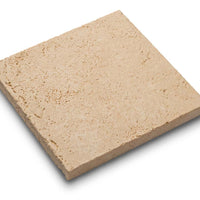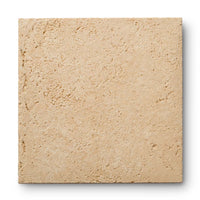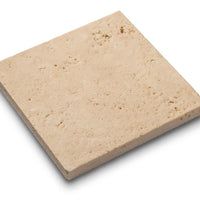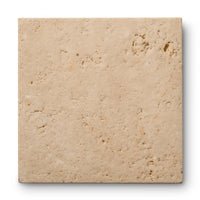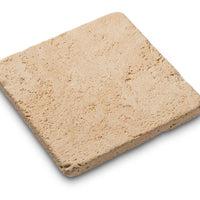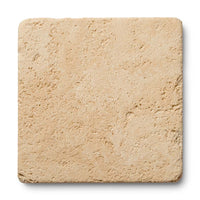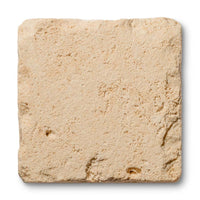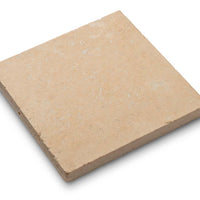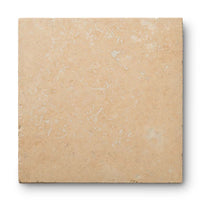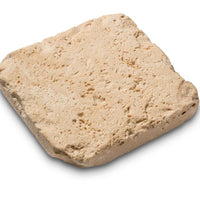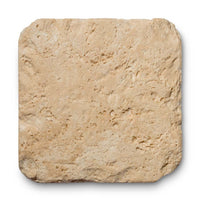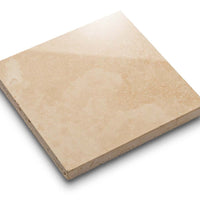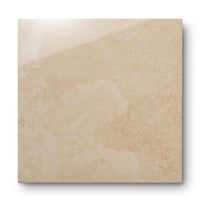Fireplaces In Time: Arts And Crafts Movement
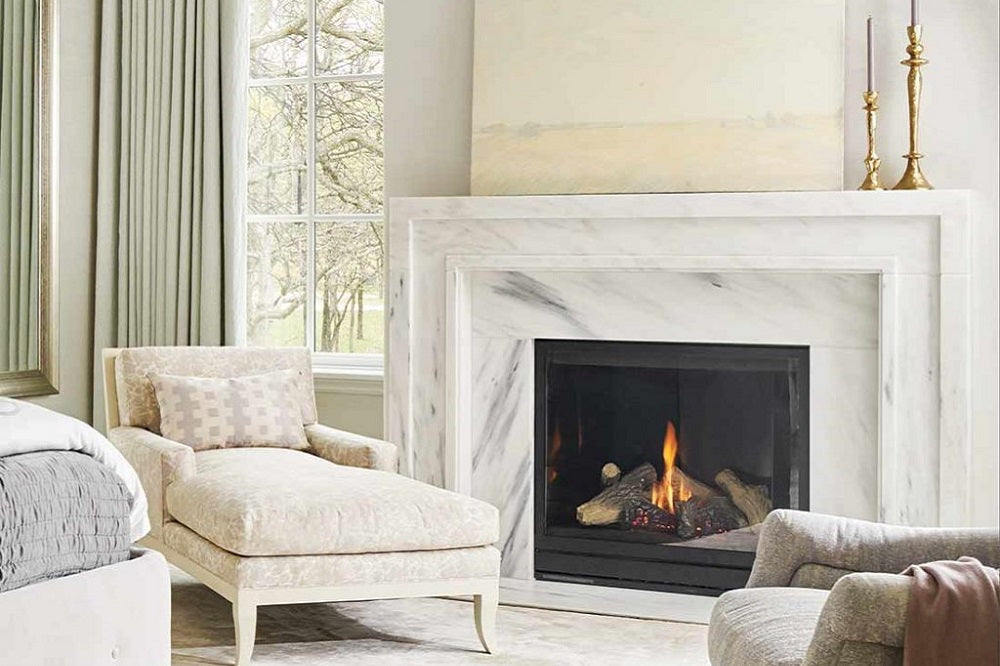
Fireplaces have long been an integral element of interior design. From cozy hearths in wood or natural stone to a modern or minimalist design that incorporate sleeker textures and surfaces, fireplaces not only serve as the focal point of a room, they also set the mood.
Each design area has certain fireplace styles associated with it. The ornately carved King Louis fireplaces of pre-revolution France speak of the gilded decadence of that era. The discrete lines and austere stonework of the Regency era speak of an aesthetic rejection of the extravagance of earlier periods.1
An enduring and influential design era, the Arts and Crafts movement had a large effect on fireplace design as well.
The reverberations of that movement can be seen in subsequent design eras from Craftsman and Mission styles to the Prairie School of Frank Lloyd Wright and his followers. Let’s review the history of the Arts and Crafts movement and look at a few representative fireplaces influenced by that era.
The Arts and Crafts movement began in Europe, and in particular Britain, around 1860. Generally considered a reaction against Industrialism, its leading proponents, such as the influential designer and writer William Morris, advocated for traditional craftsmanship and simple form.
By the 1890s, the movement had arrived in the United States. Although the two branches of the movement had many things in common, their aesthetic views and values also had points of divergence, particularly regarding their views on late 19th-century industrialization.
In Britain and Europe – European participants of the movement tended to view the increasing mechanization of society with more skepticism or at least ambivalence.
In the United States – American practitioners more readily embraced new technologies and viewed mechanical progress more positively.
Even so, on both sides of the pond, those involved in the movement believed that objects made by hand carried a different power than those made by machine. Handmade work, they believed, could produce not only beautiful and useful art but also human fulfillment.
The Arts and Crafts movement thrived at least until the 1920s. It’s often credited with inspiring other art movements in Europe and the United States, such as art nouveau and the Wiener Werkstatte.
Unlike other forms of “high” art, the art of this movement is usually architectural or decorative.
Fireplaces loomed large in the work of artisans during the Arts and Crafts movement. The movement’s adherents followed a strict set of design rules that favored elements like:
Clear lines
Simple forms
Tapered columns
Handcrafted elements
For Arts and Crafts-style homes, fireplaces were not only the focal point of rooms in which they appeared, they also served as the home’s emotional center. Nestled into surroundings faced with brick, river rock, terra cotta, and cast stone set in inventive patterns, these fireplaces provided literal and metaphorical warmth.2 For more information on the best stone for fireplace design, visit our blog.
Always associated with the Arts and Crafts movement, the architectural firm of Greene and Greene was founded in Pasadena, California in 1894. Perhaps their seminal effort, the Gamble House, was designed for a member of the Proctor and Gamble family in Pasadena in 1908.
Taking the modern Craftsman aesthetics and accents and enlarging the bungalow, this work is now considered a classic of the genre. Its craftsman home fireplaces in particular remain stunning and eloquent examples of the form.
The grand hearth in the family room features classic Arts and Crafts movement elements like handcrafted wood surrounds and patterned tiles in rectilinear and modular shapes. It also features another signature element associated with the Arts and Crafts style, the inglenook, or seating areas that surround the fireplace.
While the space, in its entirety, can seem a little bulky or weighty owing to the influence of the wood, the fireplace area on its own demands historical consideration for its innovative and inspiring take on Arts and Crafts movement decor and styles.
Whether you see the direct line from the Arts and Crafts movement to The Prairie School as faint, dotted, or bold is up to you. The fact remains, the line exists.
While Frank Lloyd Wright is most closely associated with this school of architecture, he was far from its sole practitioner. His contemporaries included:
Robert C. Spencer
Walter Burley Griffin
Dwight H. Perkins
Myron Hunt3
Purcell and Elmslie, Architects—with offices in Chicago, Philadelphia, and Minneapolis—were also heavily commissioned during this era. Consisting of three partnerships over the course of nearly 20 years, their work in the Adair Residence in Minnesota circa 1913 features another sterling example of Arts and Crafts-era fireplaces.
The fireplace is remarkable for the handcrafted mosaic tiles in curvilinear form, arching out from the fireplace like sun rays and speaking to the heightened level of craftsmanship and handwork the era is known for. This mosaic-style was also featured above the fireplace in the Hoyt House, also in Minnesota, 1913.
The Arts and Crafts movement is responsible for bringing ingenuity, creativity, and a unique kind of beauty to fireplace design. And at MATERIAL, we’re champions of the movement and supporters of its ethos, whether that’s through education or design.
In fact, as partners with the American Institute of Architects’ Continuing Education program, we offer a course, “Fireplaces in Time,” which offers a survey view of historical design periods and the typical fireplace characteristics of each era.
We also can help you design the arts and crafts fireplace of your dreams thanks to our dedicated team of expert designers. If an Arts and Crafts fireplace is in your design plans, take advantage of the expertise in the MATERIAL showrooms.
We’ll help you design it and then we’ll build it for your craftsmen to install. Simple as that.
Sources:
Fireplace.co.uk. How to Choose a Fireplace and Identifying Historical Design Styles. https://www.fireplace.co.uk/blog/How+to+Choose+a+Fireplace+and+Identifying+Historical+Design+Styles/2676
TMSArchitectsInteriors. Fireplaces Through the Ages: Arts & Crafts. PrairieSchoolArchitecture. Prairie School Architecture. http://www.prairieschoolarchitecture.com/
PrairieSchoolArchitecture. Prairie School Architecture. http://www.prairieschoolarchitecture.com/
Please note: comments must be approved before they are published.
* indicates a required field
Our finishes are applied by hand, ensuring that each element of your order matches and blends together well. In some instances, you may notice a natural variation in the application of the finish. This is normal and should be expected with a handmade item.
